Moscow, Idaho, once known as a peaceful college town, experienced a heartbreaking tragedy that forever changed its identity.
The brutal murders of four University of Idaho students in November 2022 sent shockwaves through the community and beyond.
Even after the conviction and sentencing of the perpetrator, visitors and residents alike continue to feel the lingering presence of this devastating event in the town’s atmosphere and daily life.
1. The Loss of Moscow’s Foundational Safety
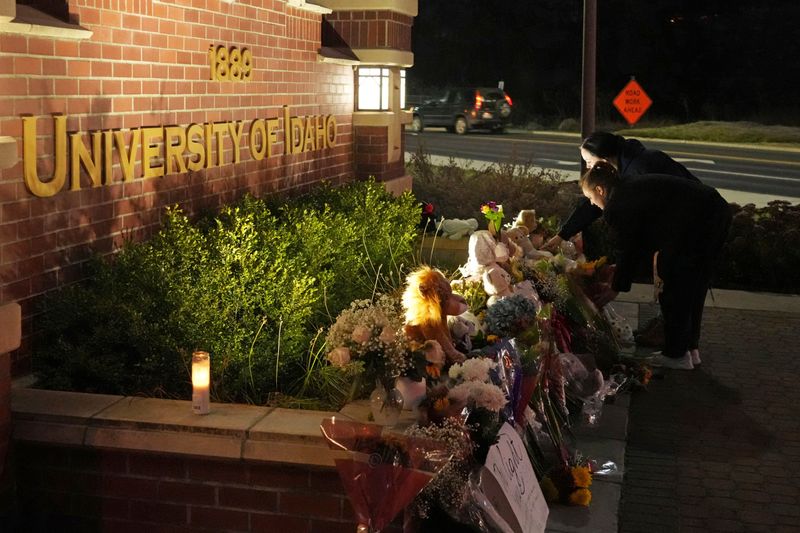
Moscow built its reputation on being a safe, welcoming place where people could leave their doors unlocked and walk anywhere without worry. The shocking brutality of the four murders in 2022 permanently shattered that comforting belief.
Now, even though crime statistics remain low, there’s an invisible tension in the air. Residents and visitors alike carry a subtle awareness that something terrible happened here, and it could happen again.
Safety feels different now, more fragile, more precious, and less guaranteed than it once did.
2. The Haunting Silence of the Vacant Lot
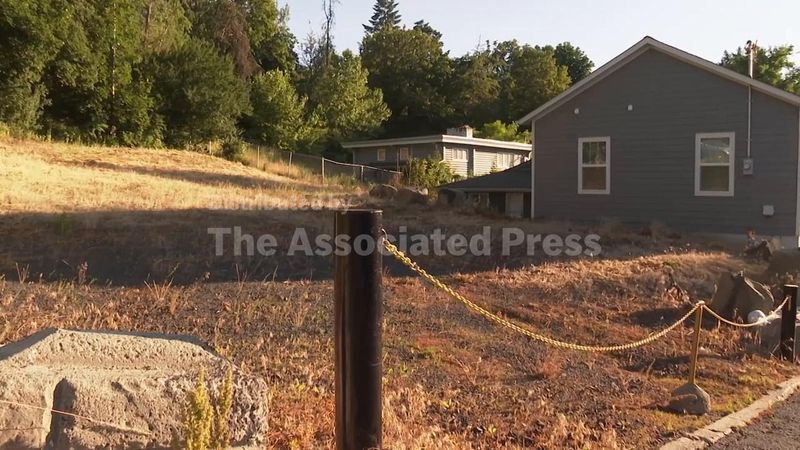
Walking past the King Road location today, visitors encounter not a house but an empty space. The original home was demolished in December 2023, leaving behind a vacant lot that serves as a powerful reminder.
Rather than erasing the memory, the absence of the physical structure somehow amplifies it. The empty land stands as a solemn focal point, a place where something irreplaceable was lost.
People still pause there, reflecting on the lives that ended too soon. The silence of that space speaks louder than any building ever could.
3. The Constant Reminder of Visible Security
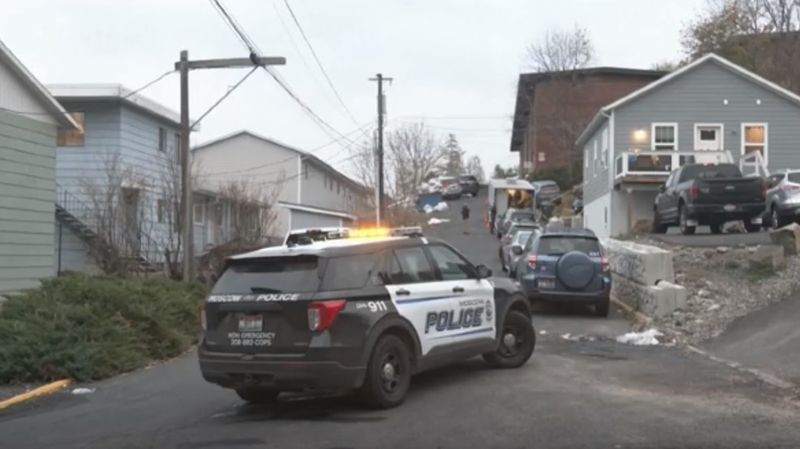
Campus life at the University of Idaho looks different now. Security patrols are more frequent and visible, cameras watch over previously unmonitored areas, and student safety protocols have become much stricter.
While these measures provide practical protection, they also serve as daily reminders of why they’re necessary. Every security officer on patrol and every new camera installation tells the same story.
Students and visitors can’t help but notice these changes. The heightened security presence, though reassuring, constantly brings the tragedy back to mind in subtle but unmistakable ways.
4. The Permanent Memorial of Loss
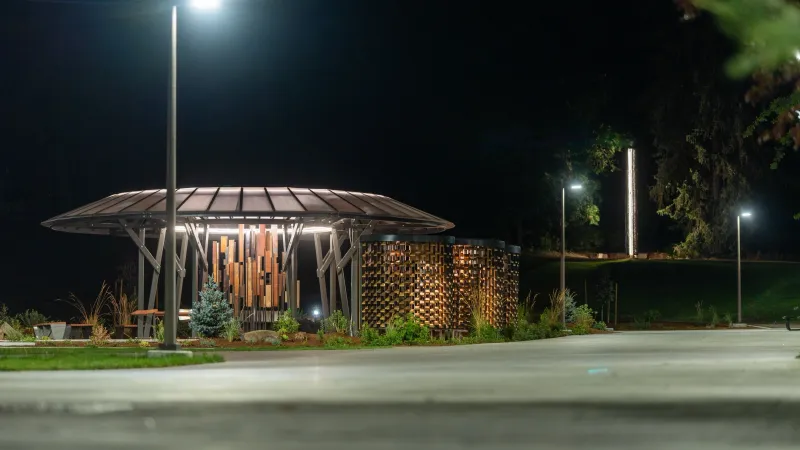
The Vandal Healing Garden now stands on the University of Idaho campus as a living tribute to Madison, Kaylee, Xana, and Ethan. This dedicated space ensures their memory remains woven into the physical landscape of the community.
Students pass by it between classes, visitors seek it out to pay respects, and the community gathers there during difficult moments. The garden transforms grief into something beautiful yet undeniably present.
Every flower planted and every name inscribed keeps the tragedy from fading into forgotten history, making it an eternal part of Moscow’s identity.
5. The Subtle Shift in Community Openness

Before the tragedy, Moscow residents took pride in their open-door culture. Neighbors would walk into each other’s homes, students felt comfortable leaving windows open, and trust was simply the default setting.
That changed overnight. Now, people routinely lock doors and windows, check security systems, and think twice about who might be nearby. These small behavioral changes add up to a fundamentally different atmosphere.
The welcoming, carefree spirit that once defined Moscow has been replaced by cautious awareness, forever altering the town’s characteristic warmth and openness.
6. The Unresolved Motive Post-Conviction
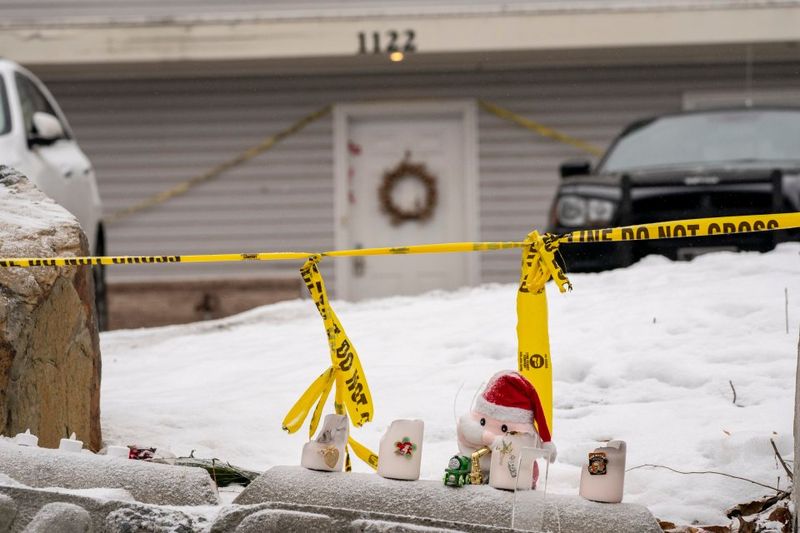
Bryan Kohberger was convicted and sentenced to life without parole, bringing legal closure to the case. Yet one crucial question remains unanswered: why did he do it?
The absence of a publicly revealed motive leaves a disturbing void in people’s understanding. Without knowing the “why,” the murders feel even more senseless and frightening, as if they could have been prevented or predicted.
This missing piece fuels ongoing speculation and prevents true emotional closure. Visitors and residents alike struggle with the unsettling reality that some questions may never have answers.
7. The Invasion of True Crime Tourism

Global media coverage turned the Moscow tragedy into a true crime phenomenon, attracting visitors whose interest lies solely in the macabre details. These “tourists” arrive with cameras and questions, treating the community’s worst nightmare as entertainment.
Local residents find this outside fascination deeply disturbing and disrespectful. The constant stream of curiosity-seekers prevents the town from moving forward and healing properly.
Each visitor looking for the “murder house” or asking invasive questions reopens wounds. The community feels trapped between their grief and the world’s relentless, voyeuristic attention.
8. The Jarring Juxtaposition
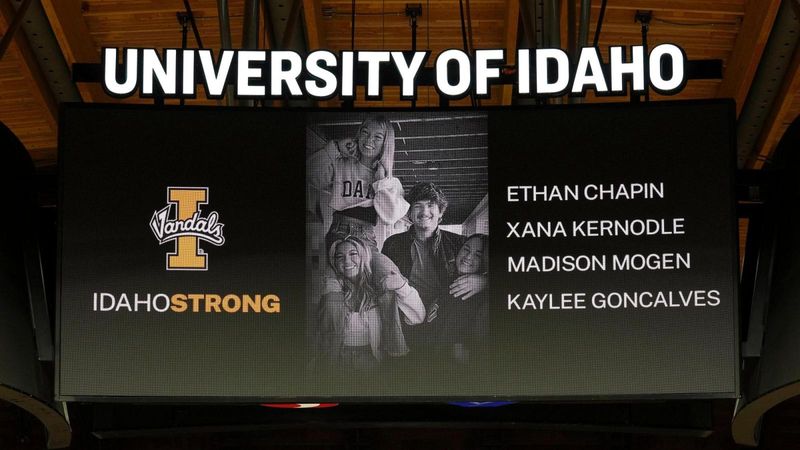
Football games still fill the stadium with cheering fans, Greek Row still hosts social events, and students still celebrate milestones. Life continues at the University of Idaho because it must.
Yet this normalcy feels strange and uncomfortable. How can people cheer and party in a place where such horror occurred? The vibrant sounds of college life now clash against the somber backdrop of recent tragedy.
This jarring contrast creates cognitive dissonance for visitors and residents. Joy and grief exist side by side, making every celebration feel slightly hollow or inappropriate.
9. A Profound Institutional Sorrow

The University of Idaho and the town of Moscow are inseparable; what hurts one hurts both. Losing four promising students created a collective grief that permeates every aspect of community life.
Campus events carry an unspoken weight, local businesses display memorial ribbons, and community gatherings feel different than they did before. This shared sorrow acts like an invisible cloud that never fully lifts.
Even new students who arrived after the tragedy feel it. The institutional memory of loss has become part of the university’s identity, affecting everyone who enters its sphere.
10. The Memory of Vulnerability and Scrutiny
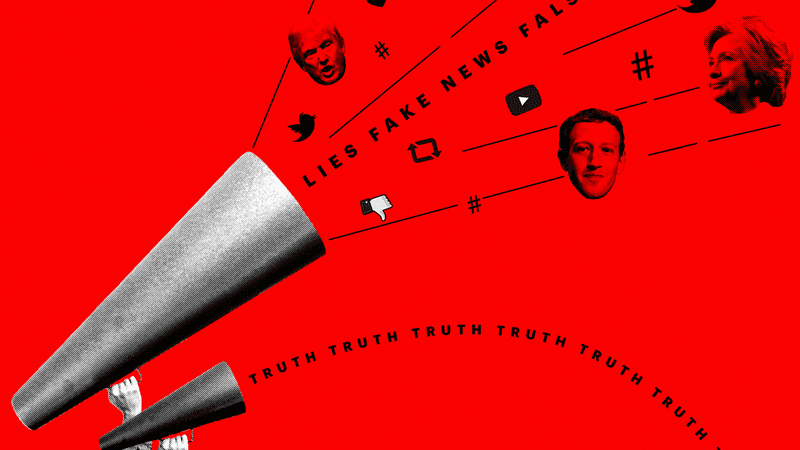
During the investigation’s early stages, Moscow residents faced something almost as painful as the tragedy itself: rampant online misinformation and false accusations. Innocent people were named as suspects, rumors spread wildly, and the community felt powerless to stop it.
This experience of external scrutiny left lasting scars. The memory of being vulnerable to internet speculation and unable to control the narrative still haunts the town.
Visitors sense this defensiveness and wariness. The community learned that tragedy attracts not just sympathy but also harmful attention they couldn’t escape.
Dear Reader: This page may contain affiliate links which may earn a commission if you click through and make a purchase. Our independent journalism is not influenced by any advertiser or commercial initiative unless it is clearly marked as sponsored content. As travel products change, please be sure to reconfirm all details and stay up to date with current events to ensure a safe and successful trip.